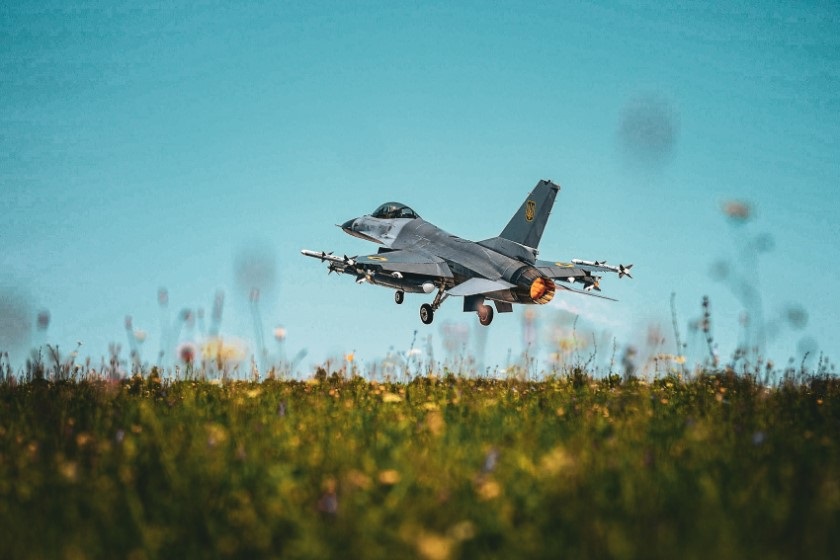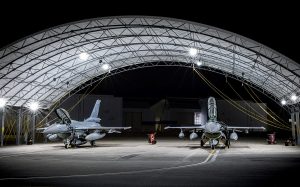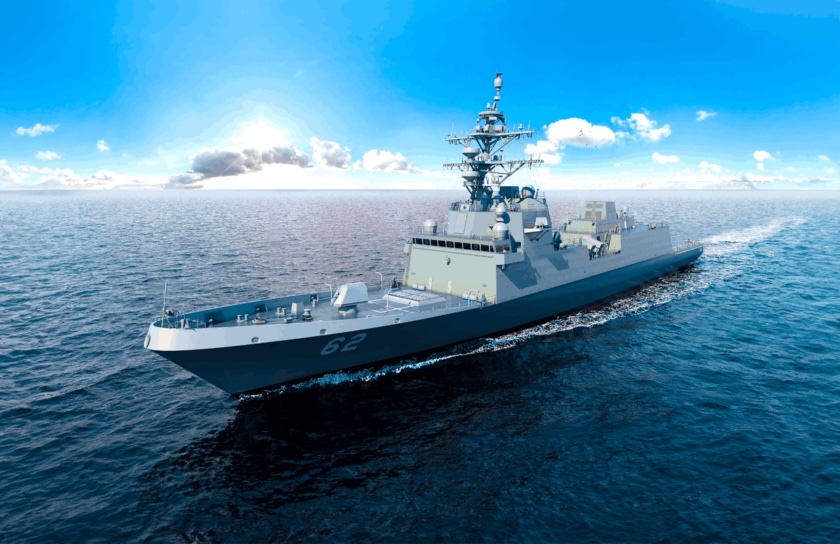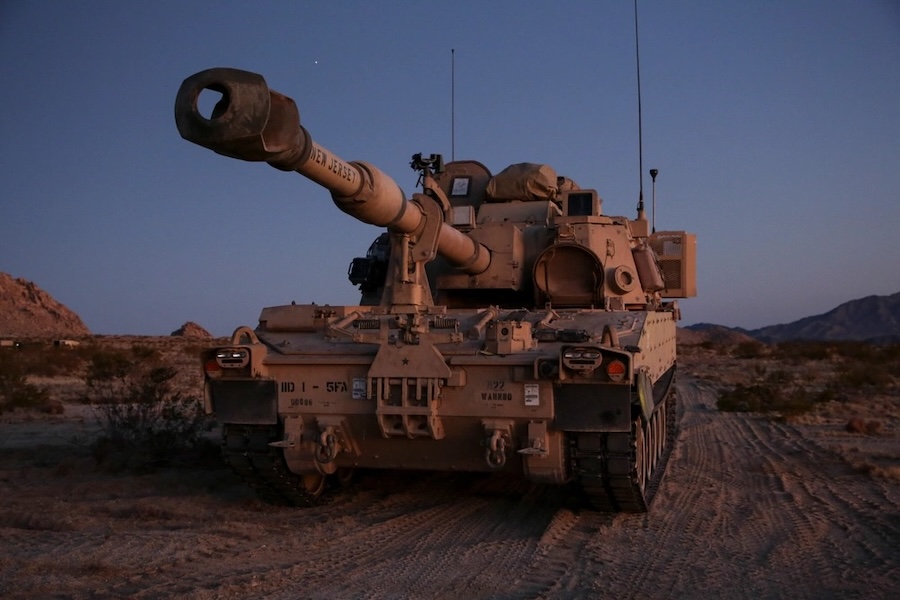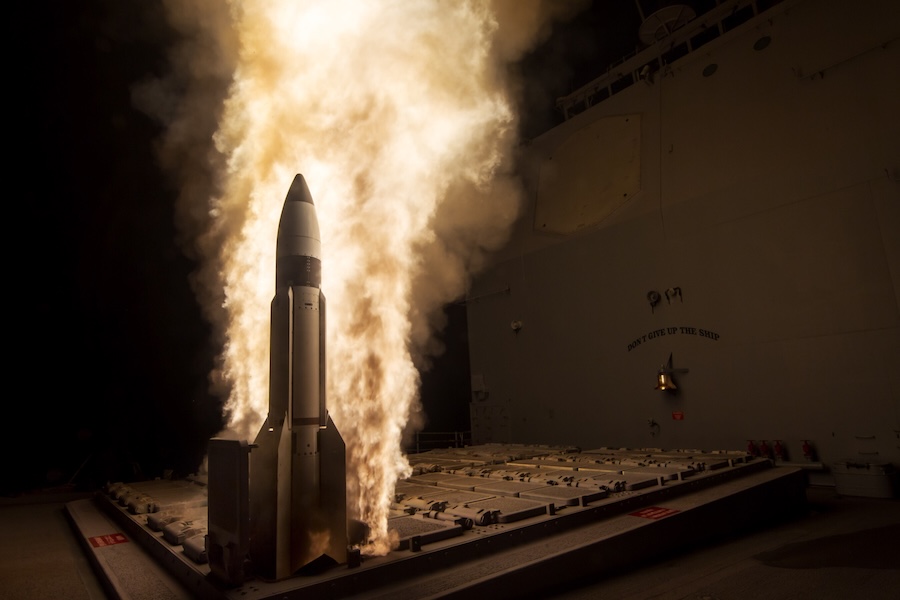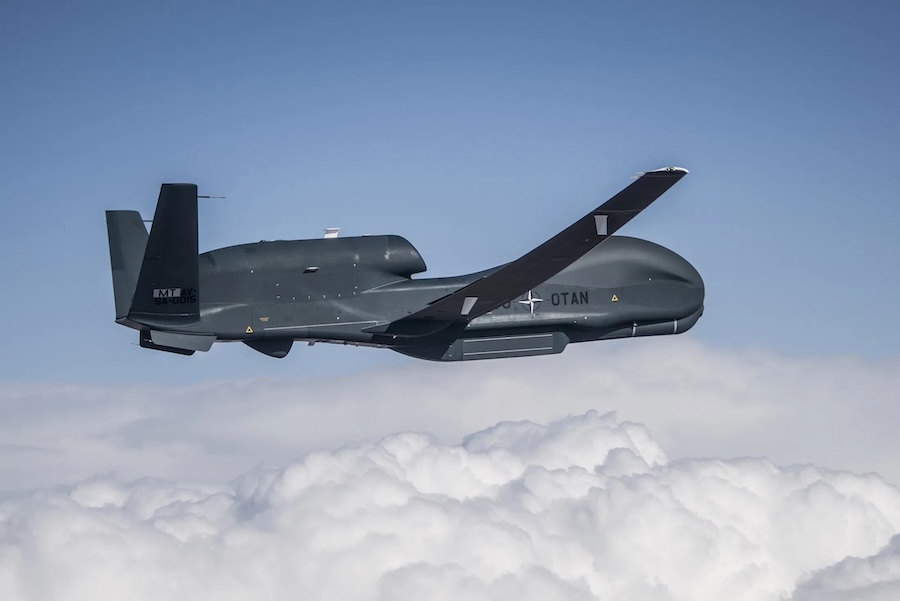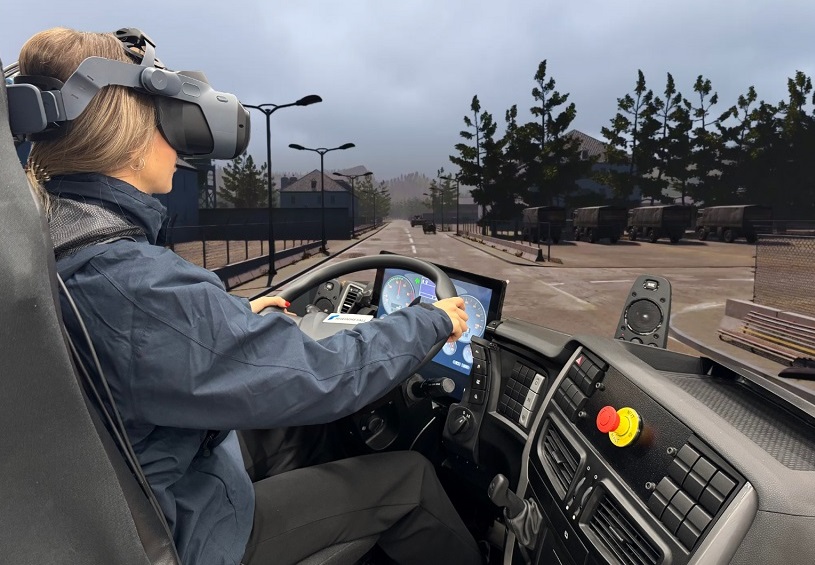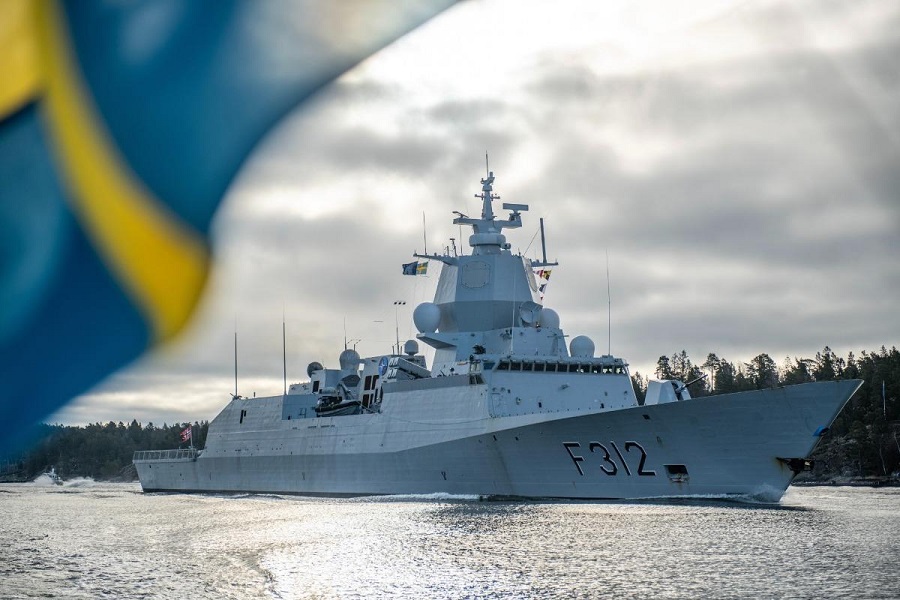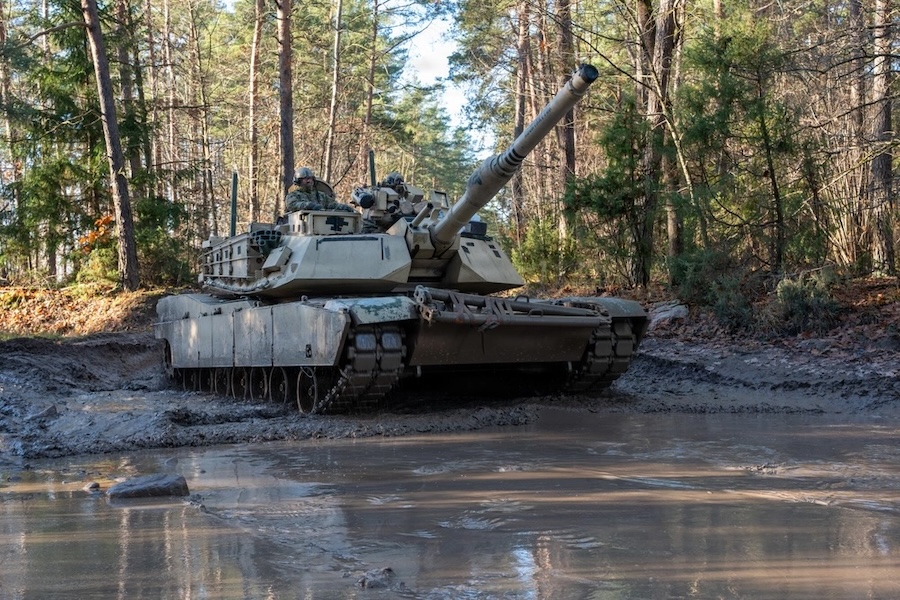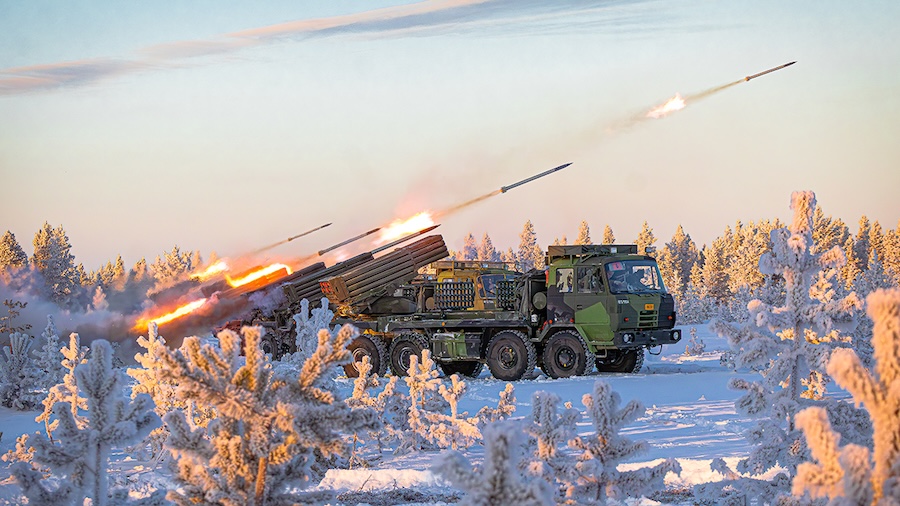Initially trained on Soviet-built MiG-29s, AB and several others have shifted in recent years to flying NATO-supplied F-16s. Today, these jets account for roughly 80 percent of all Ukrainian Air Force sorties, showcasing both their reliability and the skill of the pilots.
Describing the combat environment, AB explained how Ukrainian forces have successfully intercepted hundreds of Russian cruise missiles and Iranian-designed Shahed/Geran drones, which effectively function as long-range precision-guided weapons. He noted that despite flying older Block 10 and Block 15 variants, Ukrainian pilots have adapted well, executing both defensive counter-air and precision surface attack missions.
Ukraine’s legacy Soviet fleet remains operational, but AB warned that “sustainment is now a major worry,” as sourcing parts and equipment becomes more difficult. In contrast, continued Western support is vital to maintaining and advancing the F-16 fleet’s capabilities.
Without access to established training pipelines, U.S. contractors, or formal tactical doctrines, Ukrainian pilots and crews have self-trained to operate, maintain, and fight with the F-16. “They have even developed innovative new tactics, techniques, and procedures to maximise the F-16’s lethality and survivability in one of the most hostile air environments in the world,” the Institute reported.
Ukraine’s Air Force is also applying the U.S. Air Force concept of Agile Combat Employment (ACE), operating from dispersed airfields and frequently relocating to avoid Russian targeting. This, according to the report, has proven more effective in practice than any exercise or simulation.
Despite repeated Russian attempts to disable airfields, AB confirmed that “no Ukrainian air base has been destroyed or put out of action,” even after nearly four years of conflict. He credited the resilience and adaptability of Ukraine’s airmen under fire.
However, the growing threat of Russian electronic warfare remains a serious challenge. AB stated, “Jamming, spoofing, and interference must be overcome daily,” and called for “more effective EW systems and countermeasures” to retain operational edge.
AB voiced strong appreciation for American support, saying, “The war is far from won,” and stressed that Ukraine still needs advanced systems and logistics to continue resisting Russian aggression. Asked what would help most, he said, “Block 70 F-16s and more missiles. There are a lot of targets to shoot down.”
Ukraine’s use of the F-16 is seen not only as a defensive success, but also as a model for modern air combat. “The Ukrainians are refining tactics, sustaining complex fighter operations without external maintenance support, and applying ACE principles under continuous combat conditions,” the Institute observed.
Due to U.S. policy, American personnel are not permitted to assist or even observe these operations directly in Ukraine. Analysts warn this limits opportunities to study Ukraine’s experience in real time during one of the most dynamic air campaigns in recent history.
With Russia adapting to Ukrainian tactics, and with countries like China, North Korea, and Iran watching closely, the Mitchell Institute concluded that “every day that the U.S. hesitates to provide full and unrestricted support to Ukraine’s airpower efforts is another opportunity for these potential adversaries to learn how to counter Western combat capabilities.”
Source: Air & Space Forces Magazine.



